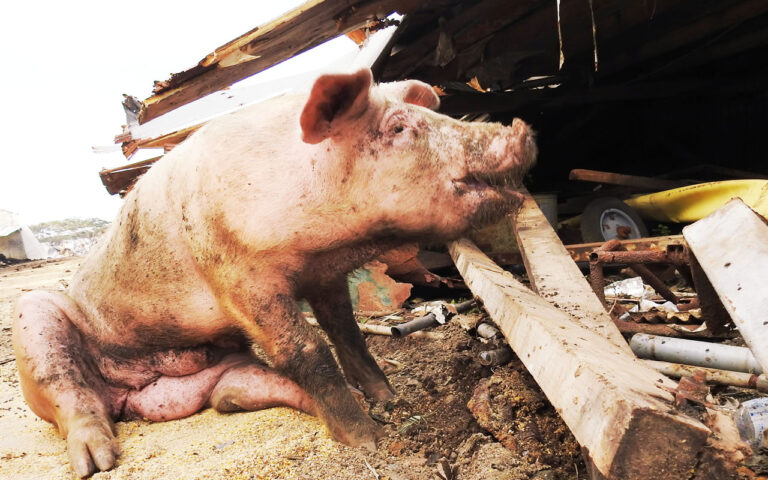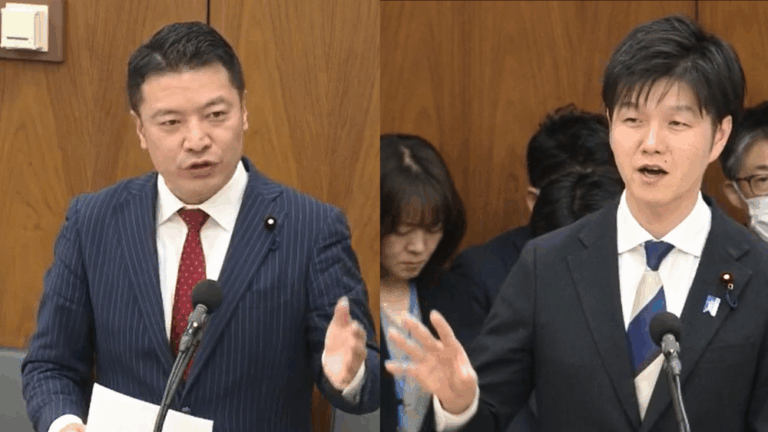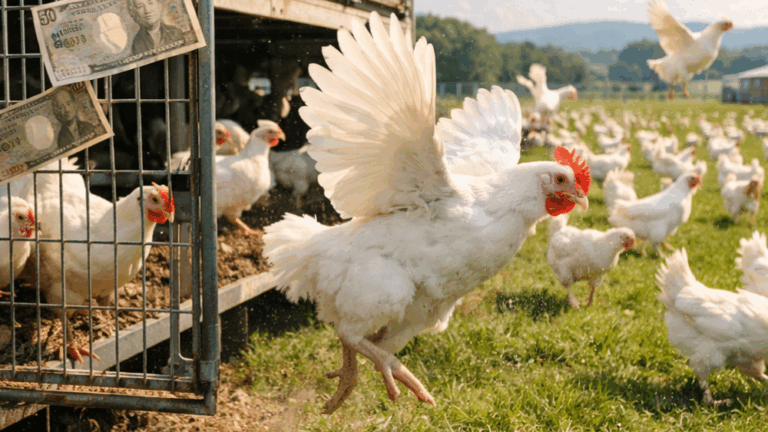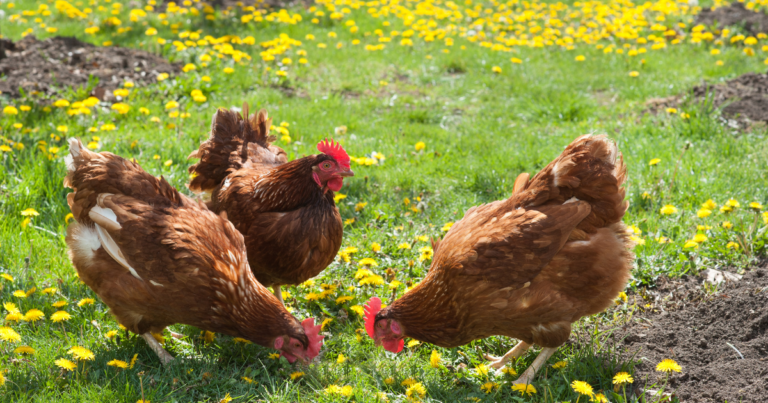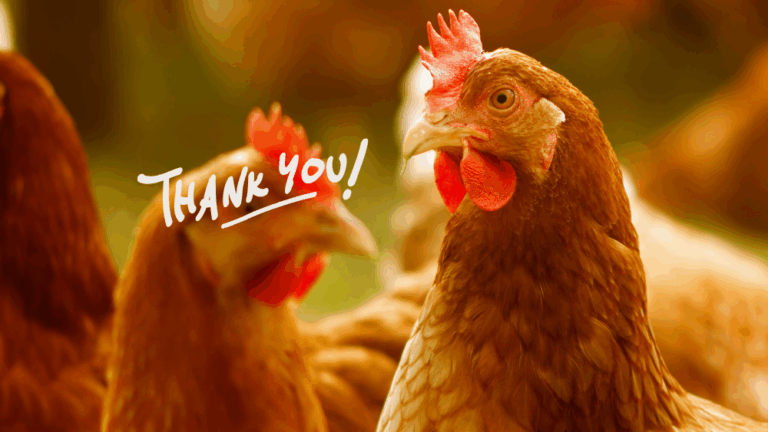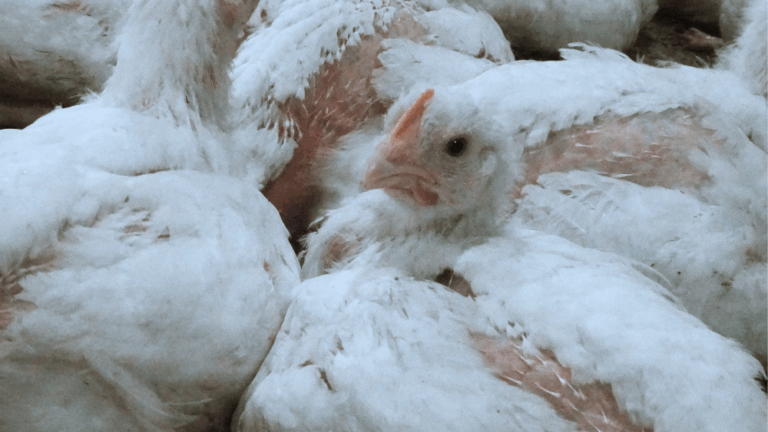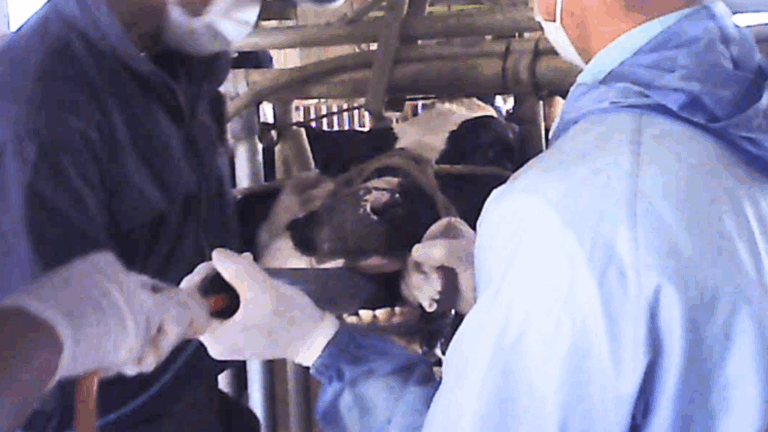If anyone believes the world is becoming a better place, think again.
In terms of animal welfare, it seems to be getting worse, as we just learned how our livestock industry and the government are treating animals.
It’s clear animal cruelty and violence towards humans are two sides of the same coin. However, we haven’t realized these two are closely connected as treatment of animals continues to get worse.
The Ministry of Agriculture, Forestry and Fisheries (MAFF) is trying to pass a special provision to exempt livestock animal housing from the Building Standards Act, which sets standards for properties, structure, and facilities of buildings in order to promote public welfare while protecting peoples’ lives, health, and estates, to allow animal housings to be built at low cost.
The standards in the Act are the bare minimum for any buildings to follow in order to ensure safety.
This special provision, which was passed in the House of Representatives on April 21st and will likely pass in the House of Councilors in May, is on the table to loosen the standards to exempt animal houseings from buildings.
We don’t know the details since they will be defined by the MAFF after the special provision is passed, but we suspect they modified the content similar to the one overseas, which is a lot less strict than the ones in Japan.
In other words, safety is just less important and secondary to cost. What’s important is that they can cheaply build animal housings that are so unreliable in terms of their safety in a country where many earthquakes hit.
In the document issued by the MAFF, they repeatedly make arguments that deregulation, i.e. this special provision, is just fine because humans don’t spend much time in animal housings. The cost to ensure safety is too high for a place where there are only cows most of the time.
There are two points:
- It reveals they only care about humans, and the odds we may die are relatively small
- The MAFF documents as well as the livestock industry’s request have no angle about the fact animals are confined in these houses. In other words, their reasoning is based on the fact that they are insured even if they lose animals, so they are not concerned if animals die.
It’s hopeless to see they don’t even try to hide their inhumane perspectives in terms of animal lives.
Buildings can collapse if a massive earthquakes hits
The provision offers two choices; standards A and B.
The standards A are equivalent to the current Building Standards Act with simpler processes. The idea behind this is vendors can apply through the standards A so the rules will be even looser if the Building Act standards may be less strict in the future.
On the other hand, the standards themselves are quite loose if you choose the standards B.
Additionally, a relevant document by the MAFF states in fine print as follow:
For instance, it’s a standard that a building doesn’t collapse if a magnitude 5 earthquake hits. However, a building may collapse if a magnitude 6 or 7 earthquake hits.
Takaaki Tamura, a member of the House Representatives from Fukuoka, pointed this out at the Committee on the MAFF. He asked the Japan Meteorological Agency what a magnitude 6 earthquake would be like and how often it could happen.
What does a magnitude 6 earthquake feel like?
In a magnitude 6 earthquake, people are not able to stand still or can barely move by crawling. Shaking is so strong that people may get thrown into the air(Director of the Japan Meteorological Agency)
How often does a magnitude 6 earthquake happen?
We’ve observed such earthquakes 20 times since 1996 in Japan.
So earthquakes so strong that they can throw humans into the air have happened 20 times in the last 25 years in this country.
We witnessed one of these earthquakes in Kumamoto in 2016 where 325,387 animals died, 12,305 animal housings collapsed. It cost about 500 billion yen.
For perspective, only 945 greenhouses were damaged in comparison.
It’s important to note that these companies in the livestock industry can enrol in government sponsored insurance and 8.5 billion yen is spent every year for insurance in this country. The loss of cost may be covered but animals who were lost will never come back.
How do architects see this issue?
Mr. Tamura also referred to what some architects had pointed out at the reviewing committee. Notably, the MAFF held only three reviewing committees for this provision.
One architect, who was a committee member, said that this is beyond the limit as the current Act is already quite loose. Another member also pointed out that most architects would think we can no longer lower the standards since we’ve already hit close to the lowest. Such comments from the experts were presented in the reviewing committee.
Looking at the minutes, we can indeed verify these comments as this: The numbers in standards are quite low, which are close to the limit. What else could we do?
Ms. Emi Kaneko, a member of the House of Councillors from Fukushima, Mr. Seiichi Kushida from Kanagawa also pointed out that animal lives are disregarded in the provision.
We requested some opposition lawmakers to add animal welfare aspects to the supplementary resolution. We truly thank Mr. Kamiya, Ms. Kamei, Mr. Horikoshi, and Mr. Fujita, who supported and made it happen.
[The supplementary resolution]
- Provide instructions and support to promote animal welfare so livestock animals’ ability, health, and safety are ensured, which leads to improvement of productivity.
That being said, there will be more large-scale animal housings that are built at low cost but not quite safe. Unfortunately, citizens don’t seem to have the power to stop this.
The MAFF stated animal welfare will be realized as more automation processes are implemented but there is no mention of animal welfare whatsoever in this provision. In fact, the documents the MAFF created showed no intention of discontinuation of stall barns, in which dairy cows are tethered in their barns most of the time.
A comment such as “humans don’t spend much time in animal housings … there are only cows most of the time” indicates they don’t think of animal welfare. It also shows little time is spent to care for animals in these buildings.
Building animal housing along the standards B directly means animal sufferings, as the intention is to build cheap housings that have low standards of safety, which are not in line with the current Building Act. If a building collapses, how many companies actually care about animals who are stuck there getting hurt and die?
We must keep monitoring the development of this issue.
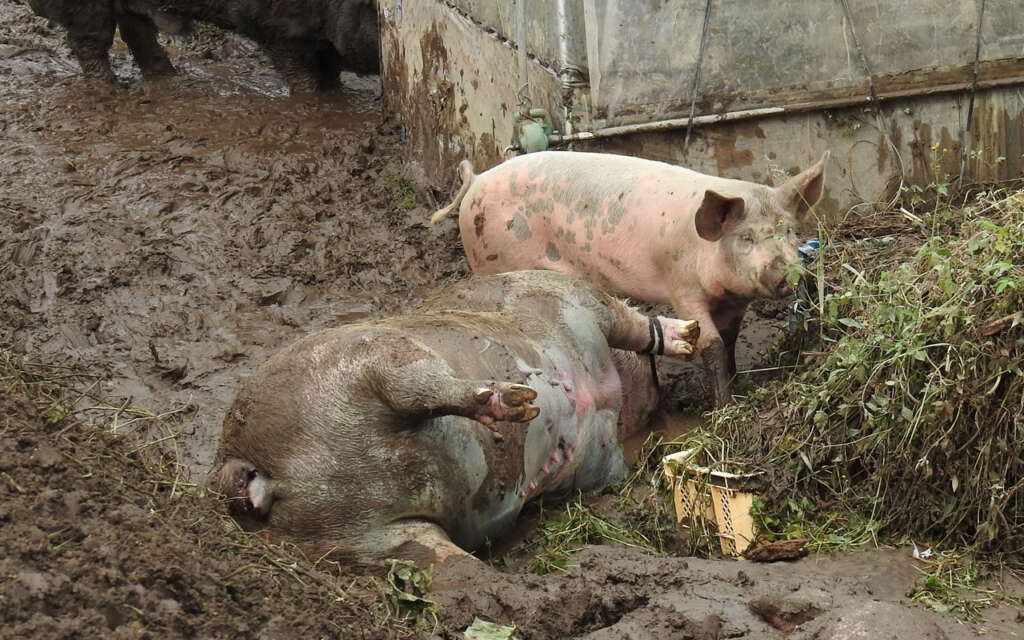
*1 平成28年(2016年)熊本地震の農林水産業関係被害の状況 https://www.maff.go.jp/j/saigai/zisin/160414/kumamoto/taiou.html
*2 https://www.maff.go.jp/j/chikusan/kikaku/lin/l_tiku_manage/attach/pdf/index-98.pdf
Translated by Seika K


